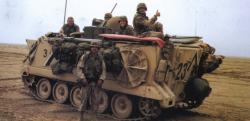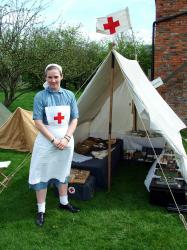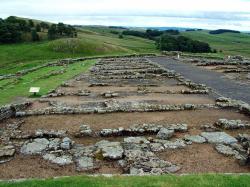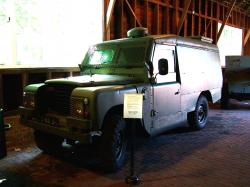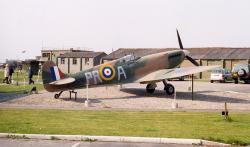Translate this Page
Anniversaries for today :
Welcome to Clash of Steel!
[ About us ]
[ Contribute a battle ]
[ Contribute a review ]
[ Contribute a reenactment group ]
[ Contact us ]
Featured battle : Nicholson's Nek
Part of The 2nd Boer War (or Three Years War)
Date : 30 October 1899
'Mournful Monday' when Gen Sir George White tried to break through to Ladysmith. Lieut.Col. Carleton of the Royal Irish Fusiliers led 2 regiments and a battery of mountain guns to out flank the Boers, but were themselves outflanked, rolled up and captured.
Featured image :
DC3 Dakota

Painted in early RAF colours. Seen doing circuits around Coventry airport.
Gallery updated : 2022-04-04 08:33:43
Featured review :
Artillery Warfare 1939-1945
Simon and Jonathon Forty
This book is about big guns and their use from 1939 to 1945. As with their book on Tank Warfare Simon and Jonathan Forty [book reviewed on this site] have given us a super insight into that period. Both theory and practice are covered using original reports on actions, training documents and technical instructions for a wide range of topics. There are useful comparisons, many shown diagrammatically, between weapons and ammunition of different nations. Included also, as very long range artillery, are the V1 and V2 rockets.
A superb eight page Abbreviations and Glossary section at the beginning of the book clarifies all the technical terms and delivers a basic understanding of the fundamentals of artillery.
There are hundreds of photographs and an extensive bibliography.
This book is made special because it is almost encyclopaedic in scope and because of the amount of contemporary material reproduced here without the clutter of ‘wisdom after the event’. From mountain warfare with guns on mules to V2 rockets and everything between makes it well worth a place on anyone's reference shelf.
We highly recommend this work to all levels of readers.
Pen & Sword Military, 2020
Reviewed : 2020-11-30 12:15:58

